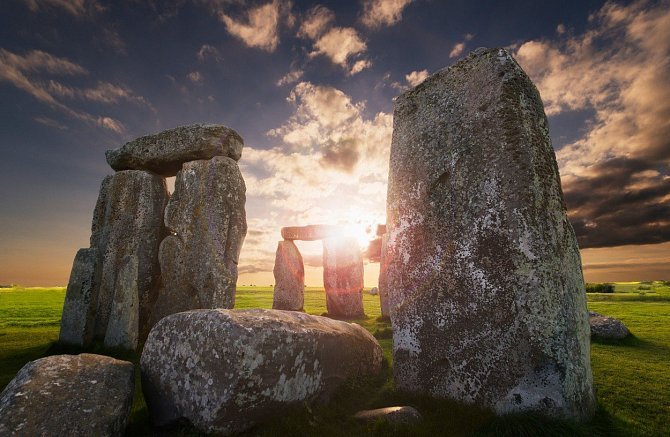WILL STONEHENGE GET SACRED SILENCE OR TROUBLE BECAUSE OF THE NEW TUNNEL?

Over a million tourists a year visit the most famous megalithic monument in Wiltshire, England. For many years, the sacredness of the site has been disturbed by the noise of the nearby motorway. But that should be the end of it. But the proposal for change has its critics.
The area around the stone monument is about to be transformed. It is still a mystery how the complex of menhirs and stone circles, which is about 13 km from the town of Salisbury in southern England, came into being. Its mystery and energy most attracts hippie, druid and pagan lovers at the time of the summer and winter solstice. In fact, the stones are aligned so that the entire complex has a solar and lunar orientation, making it a temple to the sun and moon. People therefore believe that Stonehenge was built specifically to worship the forces of the sun and moon.
For decades, the sanctity of the site has been disrupted by traffic from the nearby A303, which is part of a major road linking London to the counties of Devon and Cornwall. After years of debate and discussion, the government recently unveiled a plan to build a 2.9km road tunnel just outside Stonehenge. The proposal was changed after it was found that the structure would interfere with the view of the sun from Stonehenge at the winter solstice. The tunnel was therefore moved 50 metres further away from the monument in the design. Critics have argued that some of the Neolithic and Bronze Age archaeological sites that dot the landscape around Stonehenge could be damaged during the tunnelling. However, the government has stressed that the tunnel will faithfully follow the route of the A303 precisely to avoid such damage. The sacred access to Stonehenge from the River Avon will remain. This would allow visitors and pilgrims to follow the route used in the past.
Reducing traffic congestion at Stonehenge will also greatly benefit the environment and the economy. However, the Stonehenge Alliance has so far opposed the proposal for change. It is concerned that the intervention will not disrupt the iconic landscape. However, the new tunnel is part of plans and investment to widen the A303, which aims to boost the economy in Devon and Cornwall – places that are picturesque rural districts but suffer from poor transport links to the rest of Britain.
Source: National Geographic
Author: Editor | Published: 22.09.2017
